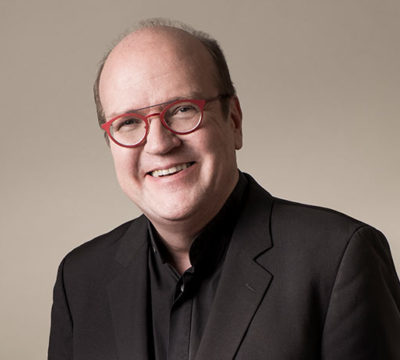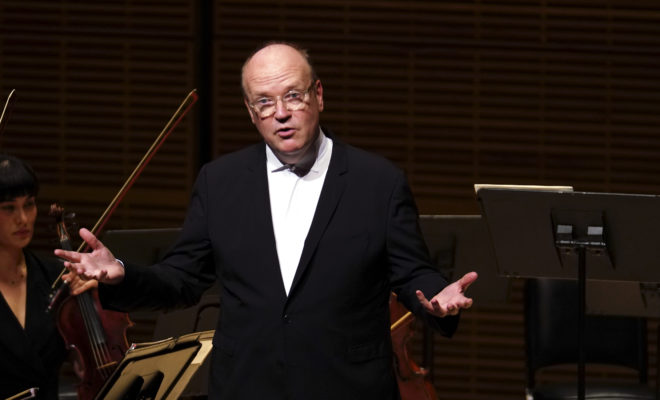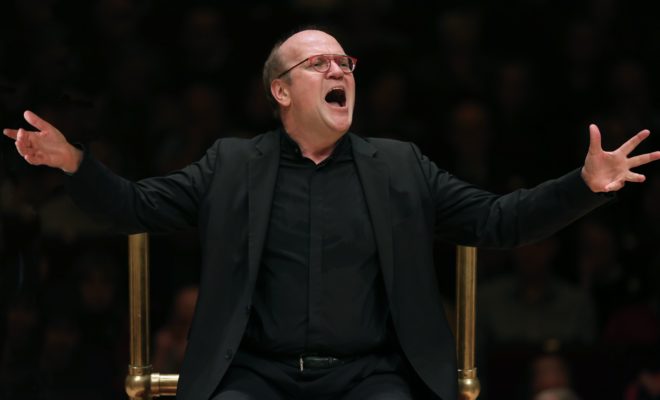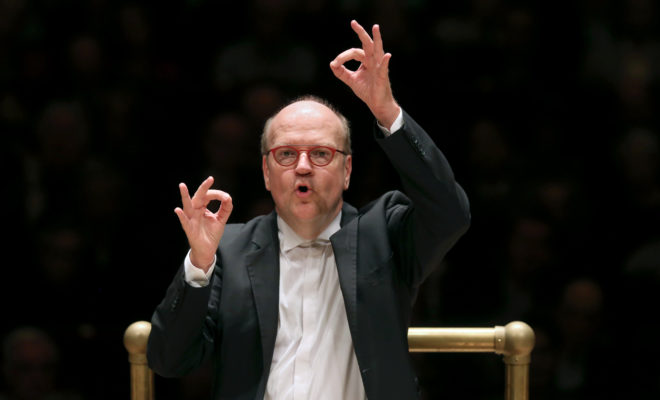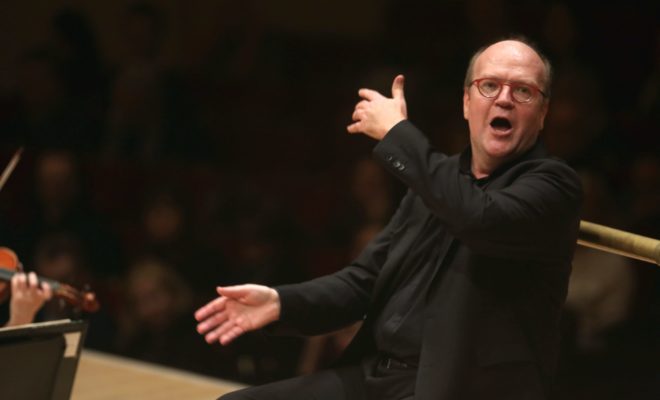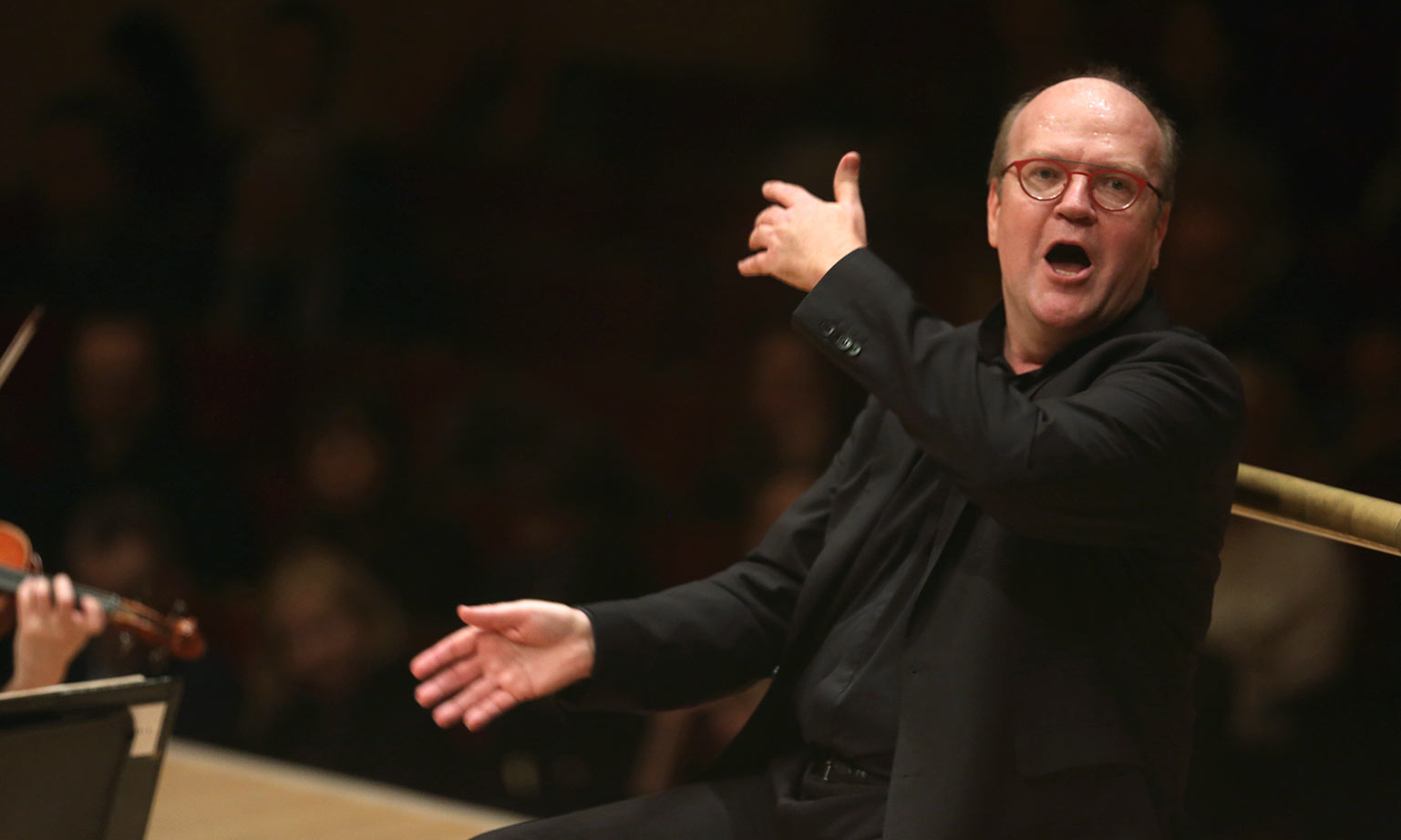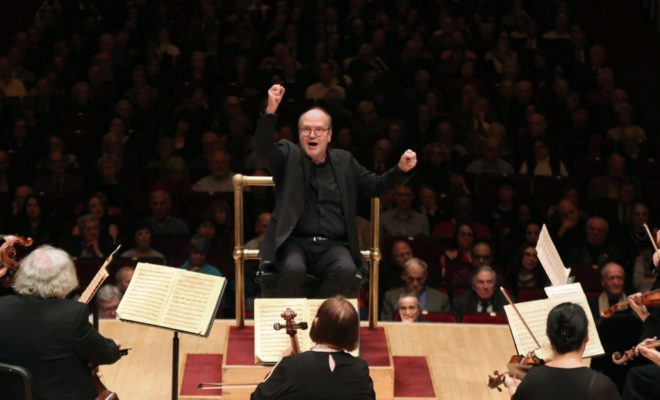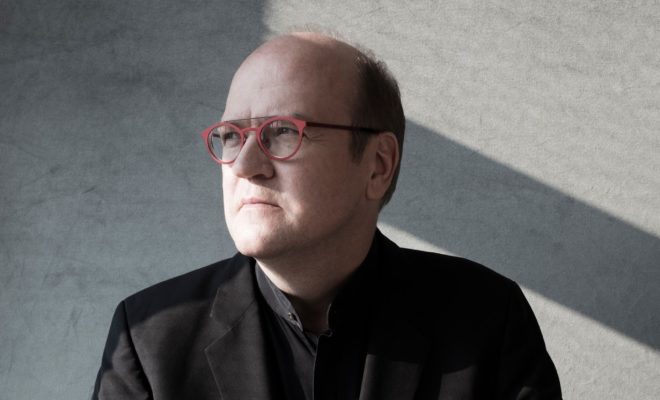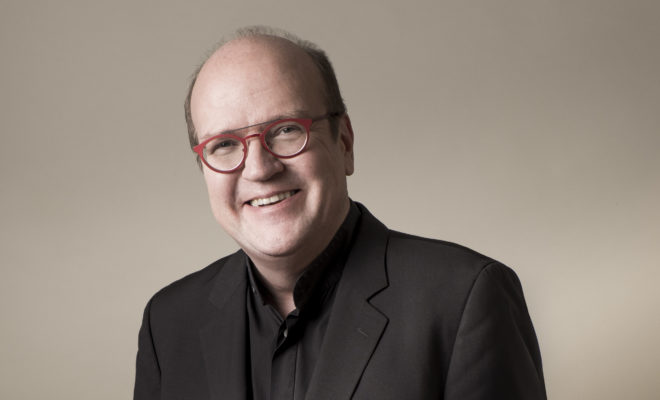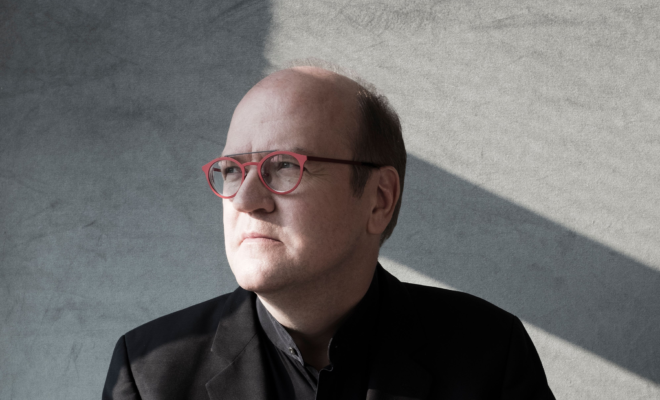We have explored many different transformational processes from Bach’s toolbox: transcription or arrangement of music by other composers, transcription of his own instrumental music and recycling of his own vocal music by substitution of different texts (parody). We have also explored the pasticcio process used by many of his colleagues, which has allowed us to discover the wonderful motet Der Gerechte kommt um. (There is no evidence however of any pasticcio assembled by Bach himself.)
There are a few other tricks we haven’t explored yet, and now we have a look at one of the most extreme and fascinating of these processes: the recycling of liturgical vocal music by substituting a completely different text in a different language which bears absolutely no structural resemblance to the original. We cannot use the word “parody” here, as there is no attempt at replacing a text by another one following an identical syntactic and lexical blueprint.
The magnificent Mass in B minor has for a long time all but eclipsed the four other masses Bach has left us (BWV 233-236). All of them are built on the same pattern: a one-movement Kyrie followed by a Gloria in five parts. There is no Credo, no Sanctus and no Agnus Dei. The duration for each one is equal to that of a substantial cantata.
They are sometimes labeled Missae brevis (in contrast to the full length of the B minor Mass) or “Lutheran Masses”, however neither term is entirely appropriate.
In an authentic Missa brevis, the complete ordinary of the mass is set to music, and the pacing is usually very quick, with the goal to expedite things as swiftly as possible. Haydn’s early Missa brevis in F major is a famous example: at some point in the Credo, the movement which has the longest text, different voices sing different parts of the text simultaneously in order to save time and get to the end as quickly as possible. Many of Mozart’s early masses belong to that category as his patron the archbishop Colloredo didn’t want things to drag on for too long.
As opposed to what one might think, the Lutheran church did not get rid of the ordinary of the mass sung in Latin, but it used it sparingly and never in full. On feast days it was common to have a Kyrie and a Gloria sung figuraliter (with instruments), but this practice was also in use at the Catholic court in Dresden. Remember that when Bach sent a “Missa” to the newly ascended August III in 1733, it was precisely constituted of a Kyrie and a Gloria only (which would later be included in the Mass in B minor). Therefore the Kyrie-Gloria structure was not exclusively a Lutheran practice, although it was generally associated with it. The French composer and theorist Sébastien de Brossard (1655-1730) clearly made a difference in his writings between the messe complète (“complete mass”) and the messe à la luthérienne (“mass in Lutheran style”), the latter referring precisely to the use of the Kyrie and Gloria texts only. The new trend now is to call these works “Kyrie-Gloria masses”, however I will stick to the word “mass”, period.
All movements from these four masses (BWV 233-236), compiled probably at the end of the 1730s and the beginning of the 1740s, are rearrangements of previous cantata movements. Bach is freely adapting the text of the Latin mass to music which was originally serving completely different purposes and using texts in a different language built on different patterns. There is no Picander in the wings creating new texts following the structure of the original.
For these reasons, although Bach was considered an important composer of masses by some early commentators, posterity passed a harsh judgment on these four works, which explains why they are not heard as often as the Mass in B minor, the Magnificat or the great oratorios. The fact that they were not “original” pieces but arrangements (albeit by the composer himself) of earlier compositions compelled early specialists to shelve them on a lower level of intrinsic artistic value for posterity. This is very ironic considering that the Mass in B minor was put together using a similar process, and that most of the Christmas Oratorio was made up of music recycled from secular cantatas.
For this essay, reference the first movement of the Gloria from the Mass in G major BWV 236 and the cantata movement after which it was modeled, the opening chorus of cantata BWV 79. I couldn’t resist adding a chorale from the same cantata which is thematically linked to both pieces.
Cantata BWV 79
Cantata BWV 79 is one of the three cantatas Bach composed for the Feast of Reformation, one of the greatest feast days in the Lutheran church year: the commemoration of Luther’s nailing of his ninety-five theses on the door of the Castle Church in Wittenberg on October 31, 1517.
Beyond the prescribed readings of the day, the text of cantata BWV 79, Gott der Herr ist Sonn und Schild, whose first line is borrowed from Psalm 84, extol the virtues of resistance and battle for the protection and defense of the Lutheran faith:
| God the Lord is sun and shield, |
| The Lord gives mercy and honor, |
| He will allow no good thing to be lacking for the righteous. |
The music of the opening chorus is fittingly magnificent and festive, with Bach summoning a rare combination of high horns in G and timpani (the only occurrence of this combination we know in his whole output). From the beginning the role of the timpani is highly unusual: rather than providing the bass to the horn lines (as timpani usually do with trumpets), they keep repeating quick pedal notes that make them sound like a military bass drum. The melody developed by the horns at the top of the opening ritornello, punctuated by the continuo with a countermelody played by the violins and oboes, radiates confidence – one might say defiance – in an atmosphere both solemn and gleeful. A warning to people not always used to the sonic universe of period instruments: it tends to sound pretty rugged. (I personally looove it.)
This opening ritornello is one of the longest in Bach’s choral compositions: it is written in an ABA’ form where the B section presents a fugato on a new agitated theme starting with repeated notes reminiscent of the timpani part. John Eliot Gardiner sees in these repeated notes the musical figuration of the hammer hitting the huge oak door of the church in Wittenberg, a picture which is indeed a quintessential element of Lutheran imagery.
The choir comes in with long suspended lines creating the impression of an organ playing a solemn introduction on all stops. It will later launch into a dense and high-energy fugue on the subject presented earlier by the orchestra in the ritornello, this time in longer notes (as if hitting longer nails in the door…).
This cantata was premiered on Sunday, October 31, 1725, and repeated in 1730 on the same day. Obviously Bach thought of it highly enough to reuse three of its movements in the masses he will compose in the 1730s, including two in the Mass in G major BWV 236. The transformation of the opening chorus of the cantata into the opening chorus of the Gloria is a stroke of pure genius.
Gloria from Mass in G major BWV 236
At first sight the character of the opening chorus of the cantata, rather warlike and defiant, doesn’t seem to fit the ethos of the beginning of the Gloria, whose text comes from the song of the angels heard from on high when Christ was born as related in the Gospel of Luke. Bach gets rid of the horns and timpani and gives the opening melody originally intended for the horns to sopranos and altos in long coloraturas on the word “Gloria”. By doing so he entirely takes away the martial component, and the irresistible bicinium sung by the high voices suddenly takes an almost surreal angelic quality. With one single stroke of his magic wand, Bach has turned horns into angels, and an earthly battle has suddenly been moved upstairs in the clouds. Moreover, when the whole choir comes in singing long values on the words Et in terra pax hominibus, the mood fits perfectly the new text after the robust energy of the preceding instrumental episode. As for the supercharged fugal section that follows, the text Laudamus te feels entirely appropriate as songs of praise seem to erupt in every line from the choir and the orchestra.
Add to this discussion the third movement of the cantata, which is simply a harmonized chorale embedded in the same fabulous melody played by the horns at the beginning of the first chorus and sung by sopranos and altos at the beginning of the Gloria. This is truly an irresistible twist from the Magician-in-Chief. (He does wear many hats.)
This transformation is an extraordinary feat of wit and cleverness.
Program
Johann Sebastian Bach
Gott der Herr ist Sonn und Schild BWV 79: Chorus: Gott der Herr ist Sonn und Schild
Johann Sebastian Bach
Missa Brevis in G Major, BWV 236: II. Gloria
